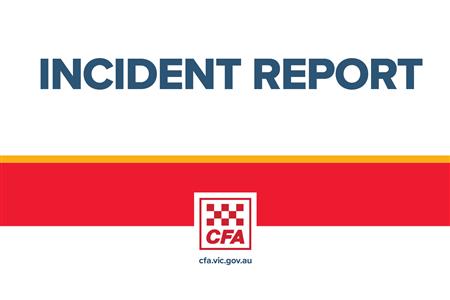
Griffith researchers are developing an AI tool to identify the motifs within Aboriginal rock art while engaging Indigenous children in cutting-edge research and new cross-cultural pathways toward a passion for learning.

And the research project has just been given a boost from some famous supporters.
Pearl Jam’s Vitalogy Foundation acknowledged the multidisciplinary research team’s work with a $60,000 grant to accelerate digital literacy for the children of Laura State School in Cape York Peninsula, remote far north Queensland.
Having worked quietly in the background with Indigenous Peoples for decades, the band’s collective work seeks to elevate the voices of overlooked groups worldwide, with a focus on environment, homelessness and Indigenous causes such as the Griffith team’s AI rock art project.
The funding will be spent on digital devices for the school, and on support for the existing teaching staff to incorporate the technology into lessons.

Griffith researcher Fiona McKeague worked with a group of primary students at Laura State School in Cape York to identify and catalogue critical historical evidence, while connecting the children to heritage and working toward the future protection of the rock art.
“Previously only a theoretical possibility, we’ve recognised AI as a powerful tool in archaeological research and the conservation of rock art, through perseverance and collaboration and it’s terrific to be able to pilot this approach with the Laura Community,” Ms McKeague said.
“The project aims to engage remote Aboriginal communities, especially children, in research and documentation of rock art and the AI data collection app is a user-friendly way to do that.
“Importantly, this is also an opportunity for two-way learning, where our research team learn and benefit from the experience of the Laura community.
“We’d like to see this technology become part of Australian Curriculum in remote Australia where it can serve Indigenous cultural history and provide inspiration as a cross-cultural learning tool for Indigenous kids in remote Australia.”
The researchers are developing teaching modules, resources and tools which will provide a clear understanding of how communities, researchers and schools can successfully collaborate to transform educational culture and practices.
These resources are being piloted at the Laura State School and target aspects of the Australian Curriculum related to technology where there is an established ‘digital divide’ between Indigenous and non-Indigenous students.
Laura State School Principal Melissa Shepard emphasised the importance of ensuring her students were regularly exposed to their culture and also exposed to digital literacy during their schooling.
“The children love engaging with their culture and we must continue to engage our students with cultural activities to continue their excitement for learning and show them what is possible,” Ms Shepard said.
“This has been an amazing, positive journey and the students have learned so much about culture, technology, and about collaborating with the wider community including Indigenous Elders and Laura Rangers.
“Collaborating with Griffith researchers has inspired us to investigate other ideas which will provide exciting hands-on opportunities like language learning and culture days.”
The innovative project involves collaboration from archaeologists, machine learning specialists (AI), education experts, Aboriginal community members and Indigenous Rangers to develop the technology capable of cataloguing the rock art.
The database of images used by the app is owned by the Laura Indigenous Rangers, who have taken on responsibility for caring for county and identifying and preserving rock art for future generations.
Laura Indigenous rangers have worked for over 10 years?to document and protect the Quinkan rock art around the township of Laura, where the country is best known for the tall slender Timaras and fat bodied Imjims, two?of the Quinkan spirit beings.
“Quinkan Country has an estimated 10,000 rock art sites depicting a rich cultural history,” said Susan Marsh, Laura Indigenous Rangers Coordinator.
“Traditional owners want to protect the area from mining interests and develop an eco-tourism industry, which will strengthen the local economy and maintain the connection between country, people and story.”






